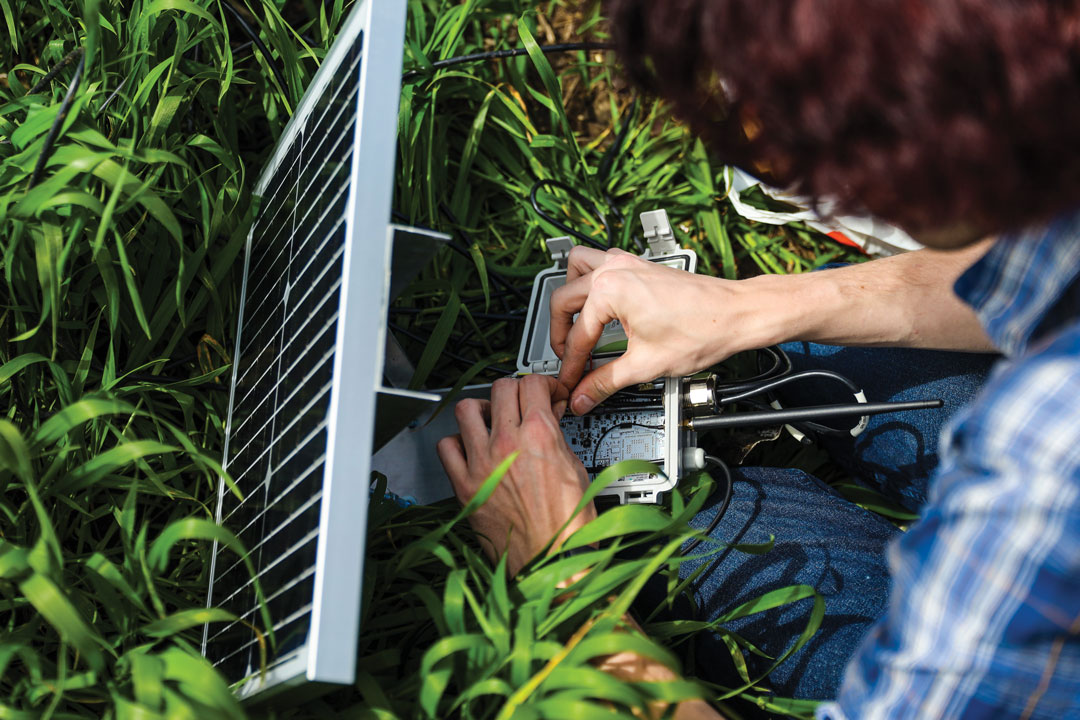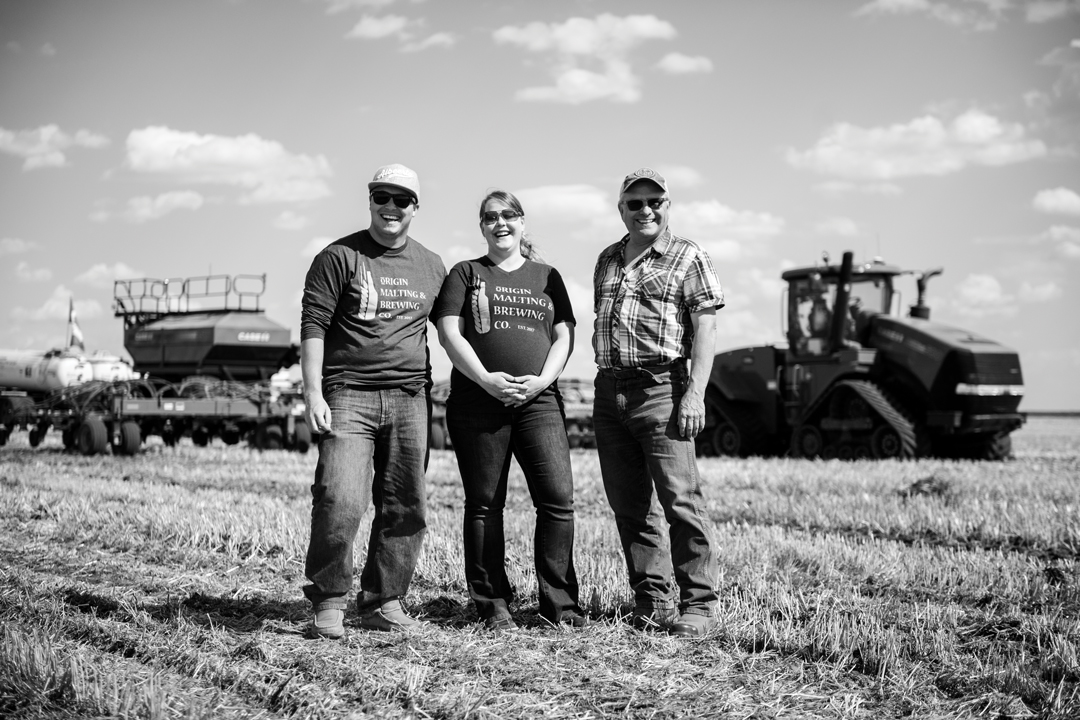NETWORK SUPPORTS AG
BY TAMARA LEIGH • PHOTO COURTESY OF OLDS COLLEGE
In the world of technology and investment, agriculture is hot. Big data, robotics and automation technologies are coming to market in the crop and livestock arenas, and promise big changes and rewards for farmers. Canadian agtech companies turn heads worldwide, and are supported by a favourable funding environment and growing support network.
Originally rooted in the Olds College Smart Agriculture initiative, the Canadian Agri-Food Automation and Intelligence Network (CAAIN), now based in Edmonton, has become an increasingly important player in this network. CAAIN emerged as one of two successful applications to the federal government’s national competition for networks to promote automation and digitization in agriculture and food production.
Launched in 2019, CAAIN brings together eight core partners spanning institutional, educational, large and small-scale enterprises. These include Alberta Innovates, the Vineland Research and Innovation Centre, Olds College, MDA Systems, Linamar, Lakeland College, DOT Technology Corporation and TrustBIX. Their combined efforts under the CAAIN banner earned a $49.5 million award from the Government of Canada Strategic Innovation Fund. The money will pay for the Network’s development and operation and allow CAAIN to support innovative food and agricultural projects.
“CAAIN is not just an Alberta initiative, it reaches across Canada,” said Cornelia Kreplin, the organization’s interim CEO. “Our focus is about improving productivity and increasing agri-food’s contribution to Canada’s GDP as well as increasing high-tech employment in the ag sector.”
In October 2020, CAAIN issued its first open call for research and innovation projects to accelerate the adoption of smart agriculture practices in Canada. It offers $15 million for projects in three target areas: automation and robotics,data-driven analytics and decision-making and, thirdly, smart farms. While the first two categories focus on development, smart farms provide venues for testing.
“It’s all great to develop these technologies in a laboratory-type environment, but they have to function in the real world,” said Keplin. “The smart farms can provide the circumstances where a technical development corporation can test their inventions and evaluate if they will function in a real farm environment.”
The focus isn’t just on application, but growth potential. Successful proposals have to demonstrate economic impact and value for Canada’s agri-food industry and require at least two small- and medium-sized enterprise (SME) partners.
“The federal government believes that Canada is built on small companies,” said Kreplin. “We appreciate the contribution of multinationals to Canada’s economy. However, these companies often develop their technology somewhere else and make decisions there, whereas SMEs make decisions here, and with a little help, they can grow and really contribute to the Canadian economy.”
Applications closed in early December of last year with 42 projects submitted from across the country. Of these, 29 have gone on to the second level of screening and an external peer-review process. The final decision on funding recipients is expected to be made by the CAAIN board in summer 2021.
“We want to accelerate agriculture’s adoption of emerging technology as we move forward in the next few years,” said Kreplin. “Some view agriculture as being slow to adopt modern technology to improve productivity. We would like to increase adoption of these tools by reaching out to producers to demonstrate the benefits for their own operations and the broader industry.”






Comments